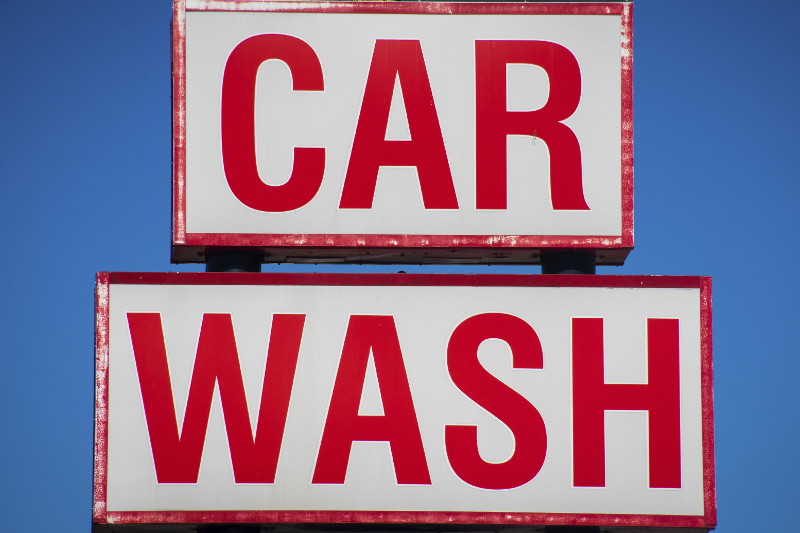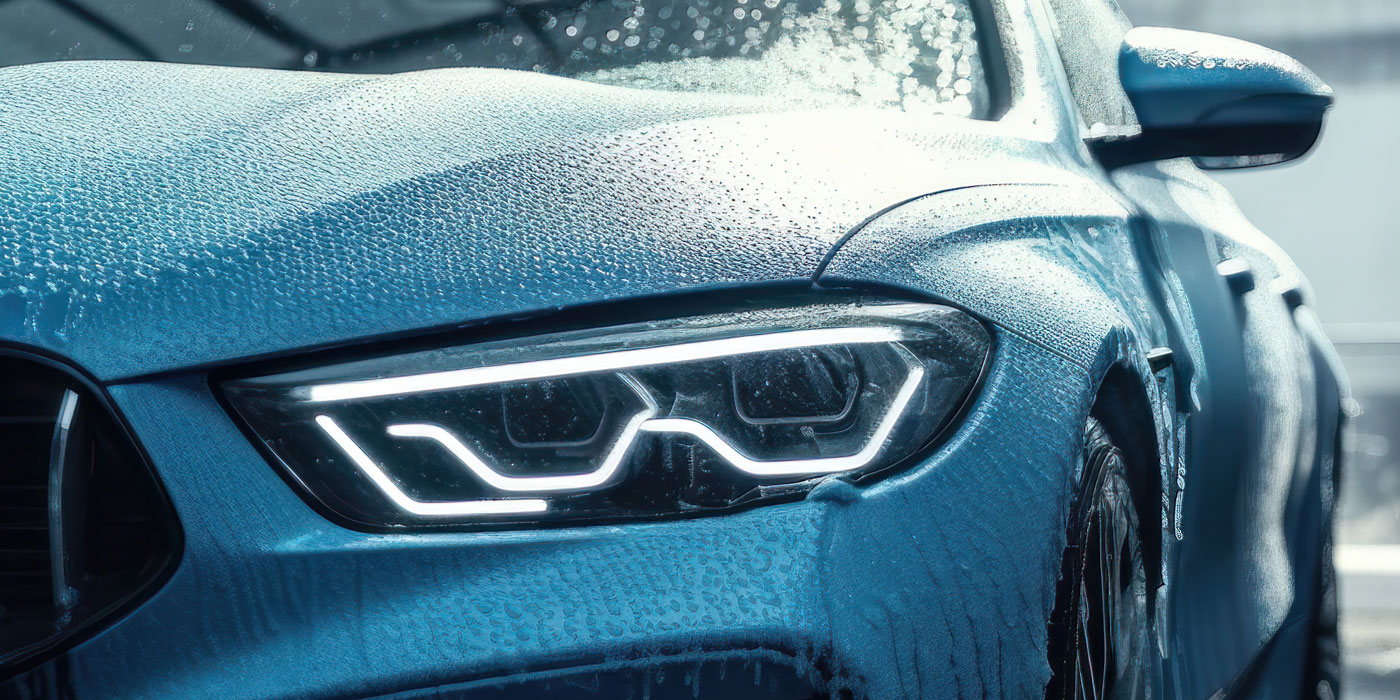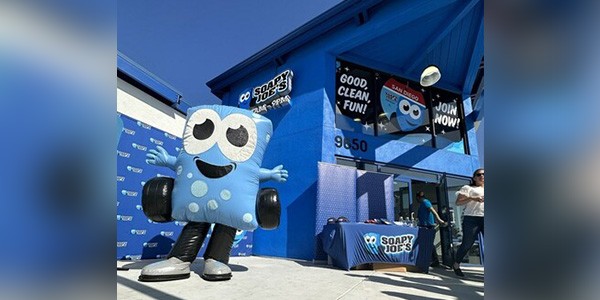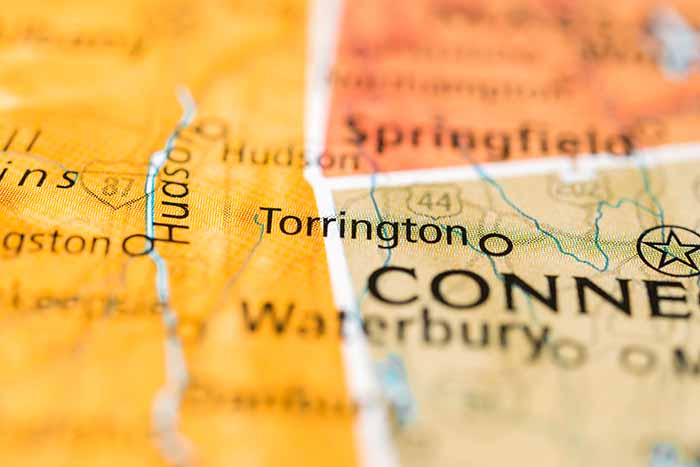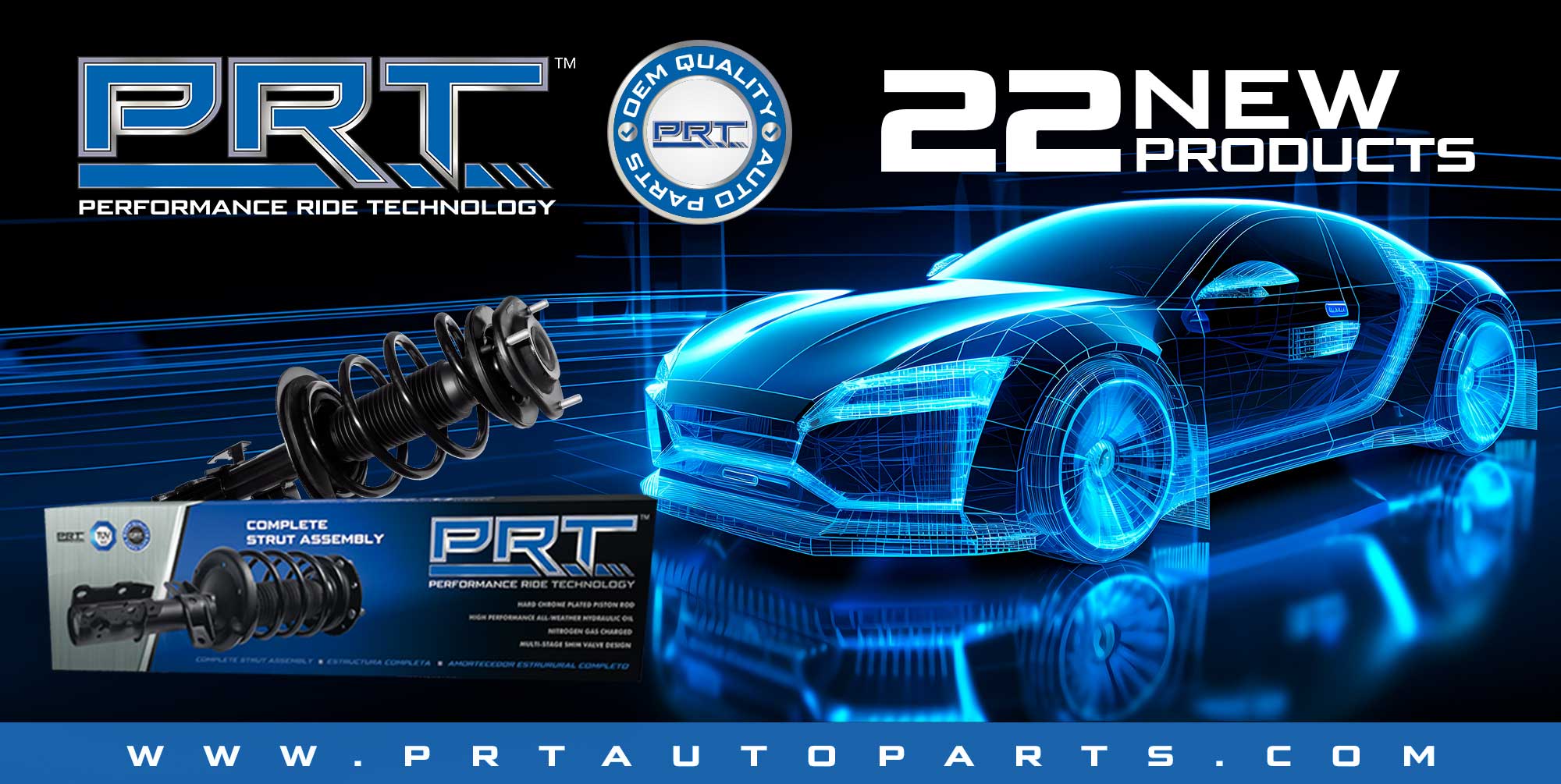After the perfect location has been secured and the site design plans are underway, it’s time to switch gears and figure out how to entice prospective customers to frequent your new carwash.
Implementing strong marketing and advertising campaigns are critical components to a successful launch; however, signage is also, if not more, imperative when it comes to opening a new business.
In fact, it’s important to approach signage as a key investment for your business and its marketing undertakings, explains Robert Norman, sign consultant (regional manager) for Stewart Signs (www.stewartsigns.com). “Signage should be considered as a permanent marketing tool aimed at increasing revenue over time,” he asserts. “Many businesses have failed as a result of focusing on short-term solutions at the lowest possible price. Effective signage will pay for itself in new and increasing revenue long before it needs to be replaced.”
Bobby Jones, art director at TSS Inc., agrees, noting that every owner should perform an audit on his or her marketing plan, keeping in mind the impact of signage.
He adds, “Signage, when compared to other wash upgrades like equipment or building repairs, is the most affordable upgrade to help increase sales. Customers are more likely to respond to an effective marketing scheme than to notice a new top brush, [for instance].”
So as a new owner, how do you determine which signage is right for your carwash? Well, we asked industry experts to weigh in; read on to learn more.
Finding purpose with carwash signage
Signage selections are nearly limitless. Colleen Wolf, LED project manager for Signs Plus (www.SignsPlusSigns.com), shares the following options: indoor, outdoor, banners, A-frame, free-standing sign frames, pole signs, building signs, digital message centers, countertop signs and even posters.
The first step before delving into the signage’s design is to first evaluate its purpose, explains Mercedes Mannino, director of marketing for Cleaning Systems Inc. (CSI®).
The main function of signage is to quickly and effectively communicate information, notes Wolf, adding that the type of sign you choose needs to be large enough to deliver your message(s), flexible enough to change as needed and affordable enough to reproduce so you can keep your message current.
When it comes to determining the sign(s) purpose, Mannino suggests asking the following questions:
- Is the sign meant to drive traffic from the street?
- Is it being used to convey information about available wash options and encourage customers to choose more expensive wash packages?
- Is it designed to simply enhance customers’ experience as they go through the wash?
“While placements of potential signs might seem fairly obvious, determining the purpose of each sign requires a bit more thought and is key to the sign’s ultimate impact,” says Mannino. “In fact, the purpose of the signage should be the driving force of the sign’s design.”
Likewise, Wolf also recommends considering some additional questions to better target the information you are trying to convey to customers, including:
- Do you need to direct customers to the self-serve line?
- Do you need to explain how to use equipment or how to pay for service?
- Do you want to advertise special discounts, sales or promotions to customers driving past your location?
- Do you want to upsell customers waiting in line?
Mannino encourages new carwash owners to actually drive on-site and walk through their facilities to determine overall signage strategies. “Try to imagine what the customer is doing, thinking and feeling at every step of that walk-through,” she explains. “More importantly, carefully evaluate what you want them to be doing, thinking and feeling at every step. [This] should help you determine the purpose of every sign … and will be your foundation for your design objectives.”
With so many options, taking the necessary time to truly hone in on an effective signage strategy is critical; after all, notes Jones, signage can truly make or break your business.
“[Imagine] pulling up to any popular fast food restaurant and trying to order items without a menu; you wouldn’t be very successful and neither would the business owner,” says Jones. “Signage not only showcases your wash offering, but it also helps create impulse sales by reminding customers [of] the importance of washing their cars to protect [the] paint and longevity of the cars’ appearance, [for example].”
Once the purpose is defined and the types of signage selected, set your sights on implementing a smart design approach.
Keeping the customer in mind
In addition to conveying information, says Mannino, signage can create anticipation and positive expectations about the experience a customer is about to have. Make sure this “experience” is a positive one by ensuring your signage is well-designed.
“Ultimately, the signage you display becomes the identity of your business. If your signage is poorly maintained or hard to read, it conveys negative feelings about your business before people ever set foot on your lot. Conversely, well-designed, bright [and] well-maintained signage makes people feel good about patronizing [your wash]. It sets the tone for the experience they are about to have, and it creates the expectation of satisfaction before the car has even been washed,” she explains.
Moreover, states Norman, well-designed signage meets the needs and expectations of the target customer base while also allowing for branding efforts to occur. And, keeping branding in mind when designing signage is crucial, continues Jones.
“All of your signage should be cohesive so the customer views your wash as a brand,” he asserts. This means keeping in mind your carwash’s colors, logo and other branding efforts from parking lot and building signage to disclaimers and menus — and even within bays and tunnels. “Studies have shown this to be an effective method of retaining customer loyalty, and it doesn’t only apply to wash owners who have multiple locations,” he explains. “Take this approach to your wash [regardless of how many locations you operate, and you will likely] see an increase in repeat business.”
With branding in mind, and before carrying out any design plans, you must first have an organized strategy in place, says Mannino, so make sure to consider such key questions as:
- Who is going to view this sign? Is the signage being viewed by someone driving down the street or by a customer who has already purchased a wash?
- Always approach design from the customer’s perspective. First determining who will be viewing the sign — and what his or her vantage point will be — is a driving force in what your signage should look like.
- What is the most important message customers should receive? Are you trying to get customers to buy your largest wash package, or are you trying to support/improve their visual experience as they go through the wash process?
- Once you determine your key message(s), prioritizing your content is vital. No one is going to read a novel printed on the side of a sign; so give careful thought as to how to convey the most important messages as simply and as concisely as possible.
- How do you want customers to respond to the signage? Are you utlizing signage to obtain specific responses from patrons and prospects?
- Ultimately, most forms of marketing are about trying to influence behavior, and signage is no exception. Whether trying to drive traffic into your carwash or trying to upsell a customer, you need to be clear in your own mind about how you want people to respond before you ever sit down to design the sign.
The “where” is another important consideration to keep in mind before employing any designs. “Take [time] to check with your local zoning office to see what you’re allowed to have at your location [and where],” advises Wolf. “Where can you install your sign? If your property is on a corner, can you have a free-standing sign on each street? What’s the maximum height and square footage [allowed]? How many signs can you have and what type is allowed? Zoning regulation will often dictate exactly what signs you can have and where they can be placed or used.”
After getting the all-clear from your local zoning department, make sure to install signage at the right location and height so it will be the most visible to passing traffic, instructs Wolf. What is more, she notes, signage should contain information for both a primary and secondary audience:
- Primary level: visible from the greatest distance; this contains company identification (such as the company name or logo) and main messaging (such as a tagline).
- Secondary level: visible as the audience draws closer; this includes information such as a phone number, hours of operation and/or website address.
Also, consider your surroundings. “It is always best to choose a location away from the possibility of future obstruction by nature (trees, shrubs, etc.) or the possibility of future construction,” says Norman, noting that new owners should consult with a professional when choosing a location as well as the overall size and font of signage.
An experienced and trained signage professional, continues Norman, can provide clear metrics for overall location, size and fonts, as well as other important functions such as LED displays, based on specific factors including traffic speed and distance from the road. “All these factors, [among] many others, will be well known to the industry professional with experience and can guide new owners throughout the process of selection based on realistic expectations and budgetary restrictions,” he adds.
Once your design approach is in place, it’s time to put your plans in motion. Stay tuned for the July issue of Professional Carwashing & Detailing to read part two of this article, which will cover signage design best practices and how to utilize signage as an effective marketing tool.

